Flavor characteristics of Ethiopian Coffee an introduction to the producing areas of Guji Zone, Ethiopia
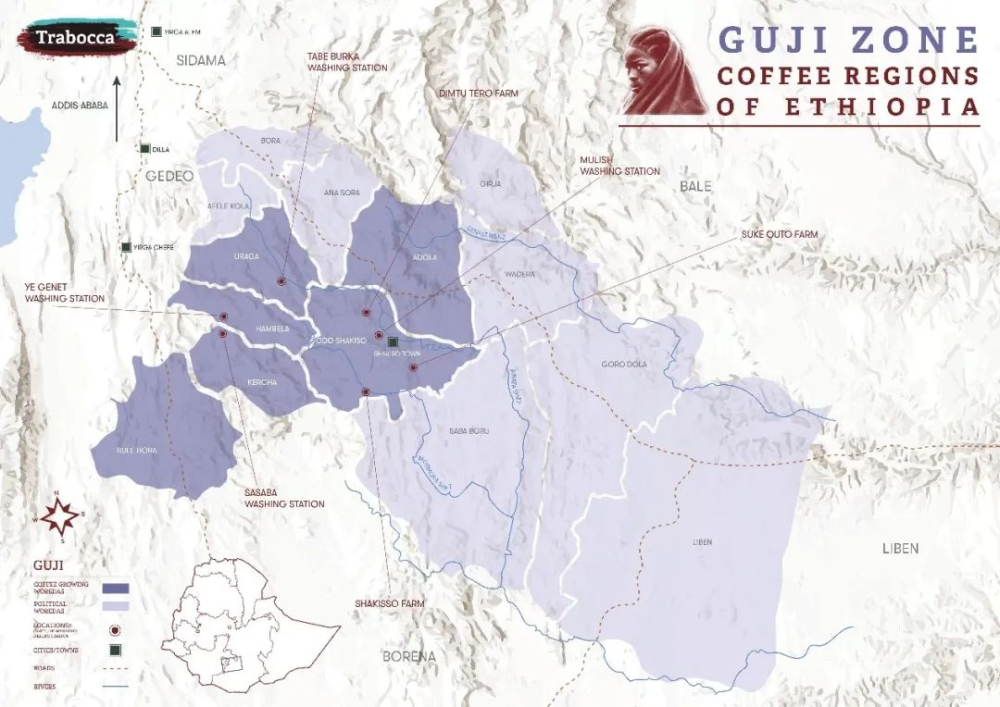
Guji production area guji, like Yega Xuefei, originally belonged to Sidamo, and later became independent because of its outstanding flavor, but now when it comes to Guji, it is still generally default to Sidamo production area. The Humberra Faqua coffee beans on the front street are produced here, and the coffee has the juicy taste of tropical fruits such as passion fruit and strawberries.
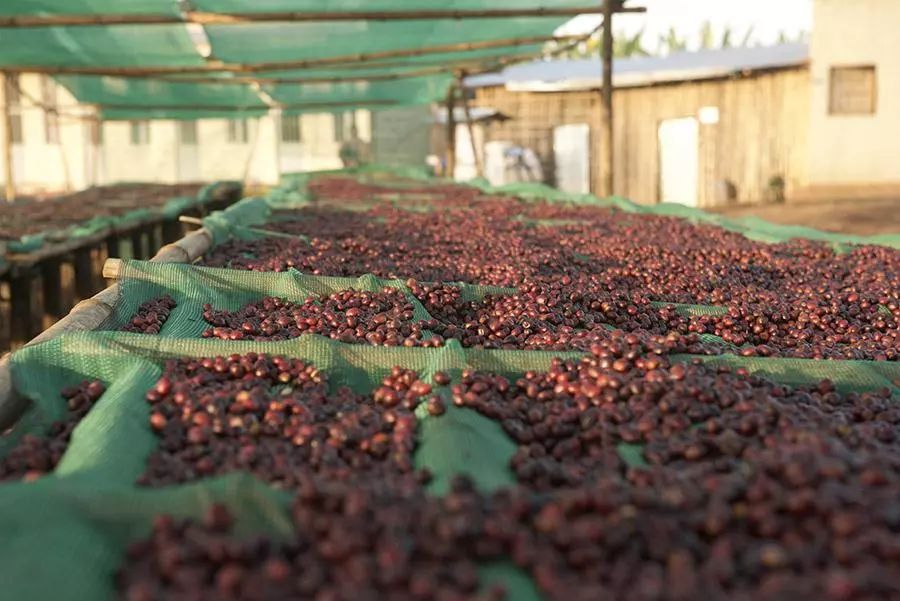
The Guji producing area, located in the southeast of Yejasuffi, is an area with complex topographical changes such as towering mountains, valleys and plains. The geology of this area belongs to the nutrient-rich black soil (Vertisol), the depth of the soil is nearly two meters, and the average elevation is more than 1800 meters. Geographical characteristics create a significant temperature difference between day and night, so that the local has the local conditions to produce high-quality boutique coffee. What makes Guji famous, Qianjie has to mention Huakui coffee beans.
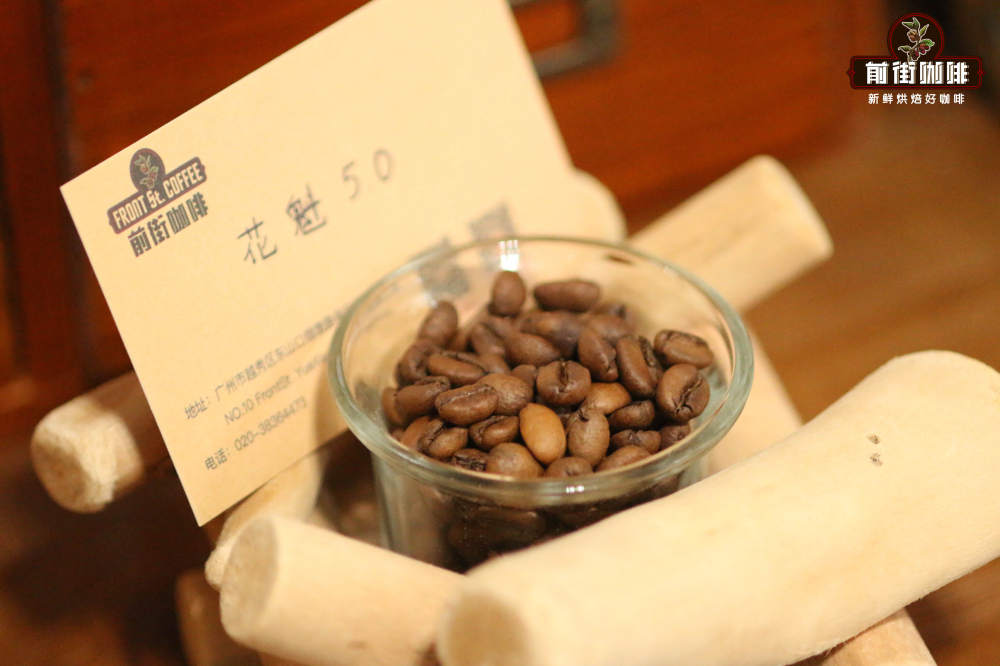
Sakuran beans are from Hambella, located in Guji, Ethiopia's largest coffee producing region, and are administered by the state of Oromia. The west of Humbera faces the mountains of Yega Fichier. The two producing areas are separated by a highland with an elevation of 3200 meters and a width of about 30 kilometers, and are bordered by Shakiso, Uraja and Kolasha in Guji in the east and south, respectively. It is the highest coffee producing area in Ethiopia.
At present, there are nearly 20 processing plants of various sizes in Humbela production area. In 2017, a sun-dried bean from DW's "Buku Abel" processing plant won the Ethiopia National Taste of Harvest Competition championship, and Chinese raw bean importers named the bean Sakuran, which at that time had a strong strawberry and cream aroma. Subsequently, DW added processing plants in Dimtu, the core production area of Hambella, namely "Buku Abel", "Buku Saysay", "Haro Soresa" and "Tirtiro Goye", with an annual output of about 1100 tons of coffee. In all these estates and processing plants, strictly speaking, only the sun-dried coffee beans from the "Buku Abel" processing plant can be called "Sakuran coffee beans".
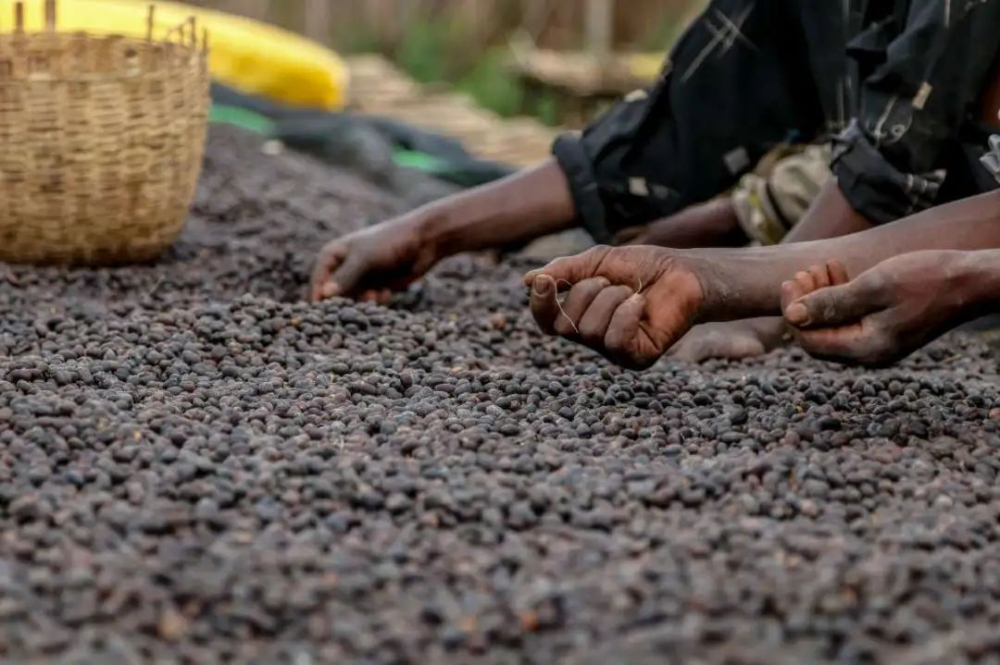
During the annual coffee harvest season (December-January), the Buku processing plant only collects all red fruits and selects coffee cherries with a sugar value of more than 30 to dry on African scaffolding. As the local temperature difference between day and night is very large, farmers will cover the sun at noon to avoid too high temperature and overferment, and at night they will be wrapped in plastic sheeting to prevent sudden showers. Turn continuously throughout the day, and make sure that the coffee fruit does not accumulate too thick, so that the fruit can be evenly dried while preventing sunburn or unpleasant fermentation flavor. After about 18 days of sun treatment, raw coffee beans with a moisture content of only 13% can be bagged and stored.
Qianjie uses medium-shallow baking to highlight the floral aroma and tropical fruit tone of Huakui beans. Due to the weak water absorption of high-altitude hard beans after grinding, Qianjie chooses medium-fine grinding, and the higher water temperature can highlight the hierarchical sense of flower and fruit with V60 filter cup.
To taste the rich aroma of Huakui, Qianjie coffee is recommended to be brewed with freshly roasted coffee beans, so as to retain more of the aroma substances of the coffee. The coffee beans sold on Qianjie are freshly roasted within 5 days, and with the time required for logistics, guests can directly brew and enjoy the coffee within the best taste period. The cultivation period of coffee beans is 4-7 days, and the best taste period is usually 4-30 days. After receiving the fresh beans, you can also observe the flavor changes of the coffee according to the date after baking.
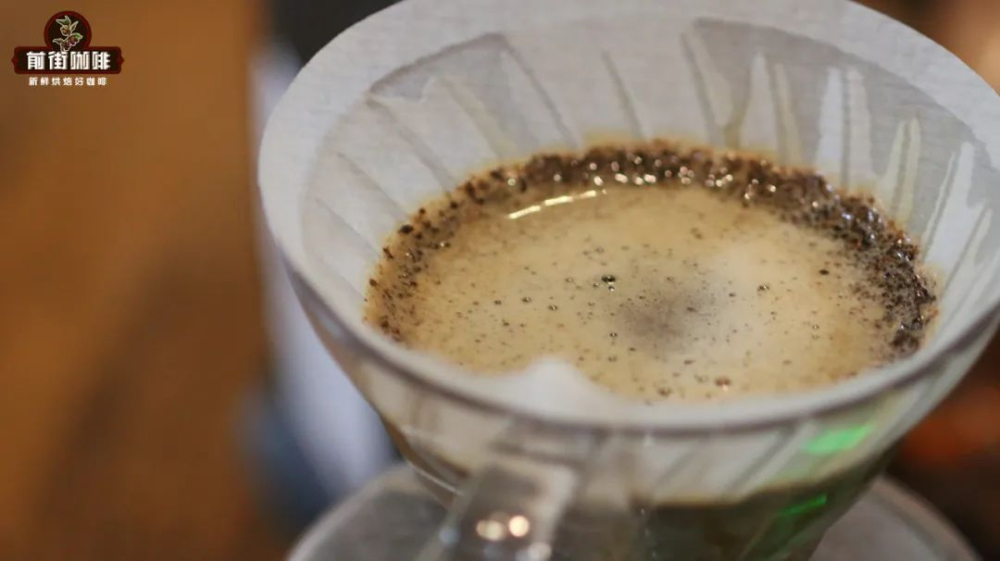
Filter cup: V60
Water temperature: 92 degrees Celsius
Grinding degree: the screening rate of No. 20 standard screen is 80%.
Ratio of powder to water: 1:15
Amount of powder: 15g
The ground Huakui 5 coffee powder has a honey-like sweetness. Pour the coffee powder into the V60 filter cup, wet the powder bed with twice as much water as the coffee powder, steam for 30 seconds, then fill the powder bed with water in a circle from the inside to the outside until 125g, wait for the powder bed to drop to the position of half of the filter cup, and continue to pour the same fine water into the third section to 225g, until all the coffee juice is filtered and remove the filter cup, time is about 2 minutes (10 seconds error).

The palate is full of sweet tropical fruits such as passion fruit and mango, with acidity of berries and citrus, creamy smooth taste and a black tea finish.
Professional coffee knowledge exchange more coffee bean information please follow the coffee workshop (Wechat official account cafe_style)
For more boutique coffee beans, please add private Qianjie coffee on Wechat. WeChat account: qjcoffeex
Important Notice :
前街咖啡 FrontStreet Coffee has moved to new addredd:
FrontStreet Coffee Address: 315,Donghua East Road,GuangZhou
Tel:020 38364473
- Prev

How about coffee in the Waka area of Yejashafi? What is the proportion of coffee beans in Africa?
Professional coffee knowledge exchange more coffee bean information please follow Coffee Workshop (Wechat official account cafe_style) Woka Cooperative under the YCFCU Cooperative Alliance (Yirgacheffe Coffee Farmers Cooperative Union), established in 2005, is one of 22 junior cooperatives. The Waka Cooperative is located in Jettip, in the district of Gedeo.
- Next

Yejia Xuefei Fruit Tintin Cooperative introduces the story of the characteristics of hand brewing parameters of Guoding coffee beans.
For more information on coffee beans, please pay attention to Coffee Workshop (Wechat official account cafe_style) Guodingding Village is the village area where it was first independent a few years ago (Banko Gotitii was independent from the large Waka Cooperative in 2012) many self-employed small farmers were also members of the Waka Cooperative, so the technology of producing coffee is of course.
Related
- Detailed explanation of Jadeite planting Land in Panamanian Jadeite Manor introduction to the grading system of Jadeite competitive bidding, Red bid, Green bid and Rose Summer
- Story of Coffee planting in Brenka region of Costa Rica Stonehenge Manor anaerobic heavy honey treatment of flavor mouth
- What's on the barrel of Blue Mountain Coffee beans?
- Can American coffee also pull flowers? How to use hot American style to pull out a good-looking pattern?
- Can you make a cold extract with coffee beans? What is the right proportion for cold-extracted coffee formula?
- Indonesian PWN Gold Mandrine Coffee Origin Features Flavor How to Chong? Mandolin coffee is American.
- A brief introduction to the flavor characteristics of Brazilian yellow bourbon coffee beans
- What is the effect of different water quality on the flavor of cold-extracted coffee? What kind of water is best for brewing coffee?
- Why do you think of Rose Summer whenever you mention Panamanian coffee?
- Introduction to the characteristics of authentic blue mountain coffee bean producing areas? What is the CIB Coffee Authority in Jamaica?

